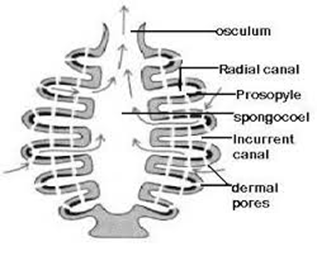Difference between Prokaryotic & Eukaryotic cells | Biology Blog
Difference Between prokaryotic and eukaryotic cells
The fundamental unit of life is the cell. Cells make up every living thing on the planet, including the plants and bacteria. The nucleus, which is situated in the core of every cell and is in charge of further cell division, is there. Prokaryotic cells and eukaryotic cells are the two different types of cells based on the nucleus' structure. Prokaryotic cells are said to have initially arisen, and through organic evolution, they eventually transformed into eukaryotic cells.Prokaryotic cells - It is a basic form of cell. Prokaryotes are commonly seen blue-green bacteria. Their intracellular membrane is absent. Its genetic material (DNA) is dispersed throughout the cytoplasm and their nucleus is not encircled by a nuclear membrane. Prokaryotic cells lack cell organelles including the endoplasmic reticulum, mitochondria, and Golgi bodies, among others.
Check-in depths - Golgi body, chloroplast, mitochondria.
Eukaryotic Cells - Eukaryotic cells are those that have their actual nucleus within the cell. Each cell of all plants and animals contains a specific number of genuine nuclei. The nuclear membrane that encloses the nucleus contains the genetic material. The plasma membrane encloses the cytoplasm, the liquid that exists outside the cell. It also contains all of the cell organelles, including lysosomes, endoplasmic reticulum, Golgi apparatus, mitochondria, and endoplasmic reticulum. The cytoplasm contains vacuoles as well. The membrane vesicles with fluid within are called vacuoles. The cytoplasm of the cell contains one or more vesicles.





This comment has been removed by the author.
ReplyDeleteThese are best bio notes . Thanks for sharing.
ReplyDeletethanks for notes
ReplyDelete